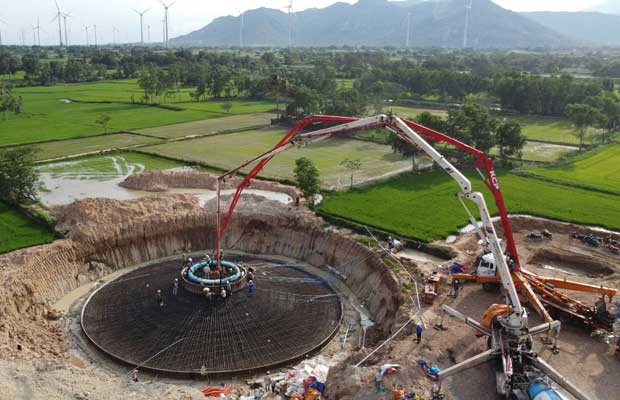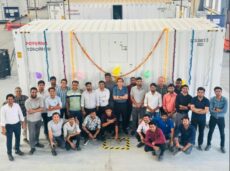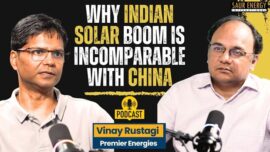Highlights :
- The obstacles for the wind sector have been streaming in.
- If it was higher costs earlier, it is unviable projects now. The prognosis remains grim, particularly for the onshore wind segment in India

Rising demand and orders have failed to convert to profits for many wind energy manufacturing firms.
Wind power heavyweights Vestas Wind Systems A/S, General Electric Co. and Siemens Gamesa Renewable Energy SA are all reeling from high raw material and logistics costs, changes in key clean-power subsidies, years of pressure on turbine prices and an expensive arms race to build ever-bigger machines.
In India, ultra-low tariffs are a huge roadblock to the industry. Having to be benchmarked to Solar, where tariffs dropped far faster during 2017-21, even wind energy firms that bid for and were awarded power purchase agreements through capacity auctions conducted by SECI are struggling. Reports have begin to trickle in of a wave of delays, and now, cancellations. That doesn’t augur well at all for the 60 GW of wind energy that was to be in place by this year end. While the solar target of 100 GW will also be missed for sure, the miss on wind would be really unfortunate, when one takes into account the existence of a decent wind manufacturing ecosystem in the country, as well as the strong start Wind Energy enjoyed when the targets were set in 2014-15.
Nothing showcases the challenge for wind better than the way Renew Power, the leading private sector developer has shifted focus from a wind heavy portfolio in its early days to a primarily solar driven portfolio today. Renew has also reportedly been forced to surrender a 300 MW project after supplier Siemens Gamesa expressed its inability to stick to the contract price.
Of the 16,300 MW of capacities auctioned by SECI since 2017, about 12,740 MW have been awarded and yet only 3,126 MW has been commissioned reflecting a sorry state. According to the Indian Wind Turbine Manufacturers’ Association, 1,519 MW of capacity has been surrendered. There is more to come, according to the Association’s Secretary General, D V Giri. Industry insiders we spoke to at the Wind Energy Expo in Delhi recently say upto 4000 MW could be at risk.
These are projects where winning tariffs were in the range of Rs 2.44 to Rs 2.60 / kWhr in particular. Due to the increase in costs, turbine manufacturers are backing out of their commitments to supply to many of these. Even the momentum from more ‘hybrid‘ project tenders has barely materialised.
Domestic manufacturers, after warning of low auction prices for a while, have simply shifted focus to export markets, even of that means lower capacity utilisation.
Recently, Inox Wind, a leading domestic player,. postponed plans for an IPO, without assigning any specific reason, though industry watchers insist it is the poor market conditions in the sector, not just the capital markets themselves.
Wind Energy in fact has found itself facing what can only be called step motherly treatment, as solar biggest the limelight on the back of its lower costs. Some recent changes indicate the wheel might be turning again, as plans for offshore wind are dusted off again, and a power crisis being fought primarily with expensive coal forces the government to take a ;longer term view of power costs. After all, while not as low as solar, wine energy has been competitive vis a vis thermal power for a long time now. At current prices on the power exchanges, the government would have given an arm to have reached its target capacity in renewables, where we currently face a 60 GW gap. Wind, with its higher efficiency factors, would have been a great help.






























